By Louise Irvine
Iridescent luster glazes were very popular with ceramic artists at the end of the 19th century and the Zsolnay factory in Hungary was one of the most innovative manufacturers with their Eosin glaze. The highly reflective glaze took its name from Eos, the Greek word for blush and the goddess of the dawn. See some spectacular Zsolnay pieces at WMODA.
Miklos Zsolnay, an enterprising merchant, established a factory in Pecs in 1853 to make stoneware domestic products and architectural ceramics. The workshop was taken over by his son, Vilmos, in 1865. An aspiring artist, Vilmos was encouraged to pursue commercial studies by his father and was involved initially in the family’s fancy goods business.
Vilmos employed local potters and over the years attracted skilled artisans from European potteries. His enlightened apprenticeship program ensured a constant supply of skilled workers and he encouraged his designers to study abroad. He and his family traveled and collected Hungarian folk pottery and textiles which were a rich source of inspiration for the pottery’s early forms and patterns. His daughter, Julia, became a designer for the company and his son, Miklos, represented Zsolnay at international events from a young age.
Vilmos brought the company worldwide recognition for their artistic wares showcased at the international exhibitions of the late nineteenth century including Vienna, Paris, Melbourne, Brussels, Chicago and Antwerp. Ornamental vases with raised and pierced floral motifs were known as Hungarian Faience. One of Zsolnay’s most successful commercial inventions was Pyrogranite, a frost-resistant high-fired ceramic material which was used to adorn many buildings of the period.
The world fairs exposed the Zsolnay family to many more influences including ancient Chinese high-fired ceramics, Iznik pottery, and the work of contemporary artist-potters in other countries, notably Minton in England and Clément Massier in France. Massier’s brilliant luster wares inspired many European art potteries to “chase the rainbow’.
Vilmos began experimenting with metallic oxides for his Eosin glazes in 1891 following his son’s business trip to the Middle East where he acquired a large collection of luster tiles from Fustat, now part of Cairo. He collaborated with a local professor of chemistry, Vince Wartha, and they jointly launched Eosin at the National Millennium Exhibition in Budapest in 1896 to great acclaim. The Emperor awarded the Franz Joseph Order to Vilmos Zsolnay and the city of Pécs gave him the title of Honorary Town Citizen.
The highly reflective Eosin glaze was produced in several colors including shades of red, purple, blue and green. It was often used in combination with etching and gold luster on decorative vases which evoke textile patterns. The metallic sheen was also applied to sculptural work, such as the wise old owl at WMODA.
When Vilmos died in 1900, Miklos Zsolnay continued the management of the factory and built a spectacular mausoleum for his father. Vilmos lies in an Eosin sarcophagus guarded by 42 ceramic lions. The legacy of Vilmos as an innovator, artist and master craftsman can be seen today at the original factory in Pecs, now the Zsolnay Cultural Quarter which was restored for the 2010 European Capital of Culture. The Golden Age of Zsolnay exhibition features the extensive Gyugyi collection. In the words of Vilmos Zsolnay, “I always want to replace the good with the better”.
Read more about other luster wares at WMODA
Learn more about the Zsolnay Quarter
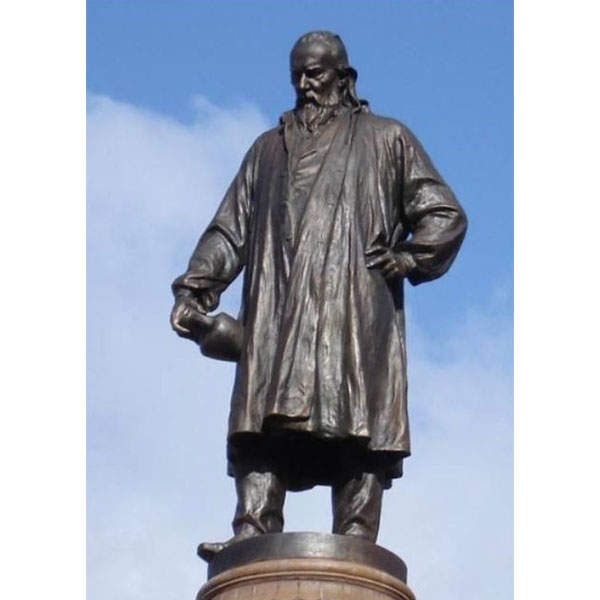
Vilmos Zsolnay
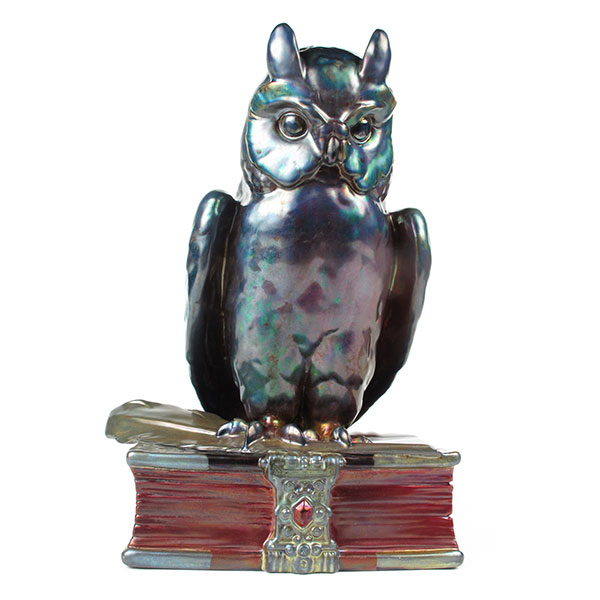
Zsolnay Eosin Owl
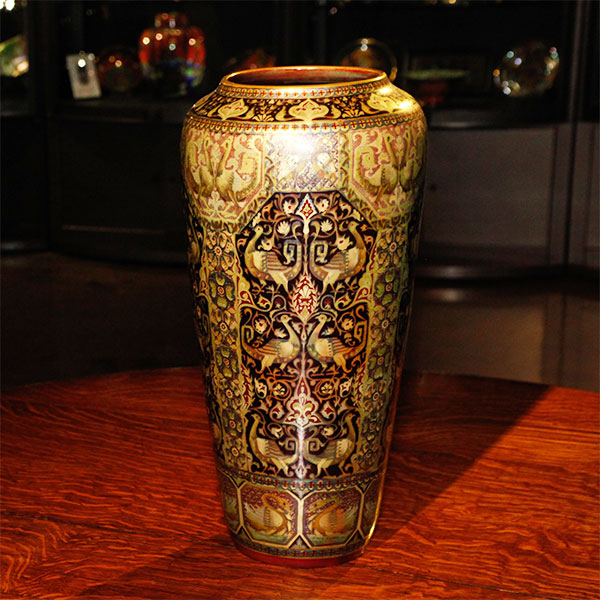
Zsolnay Eosin Vase
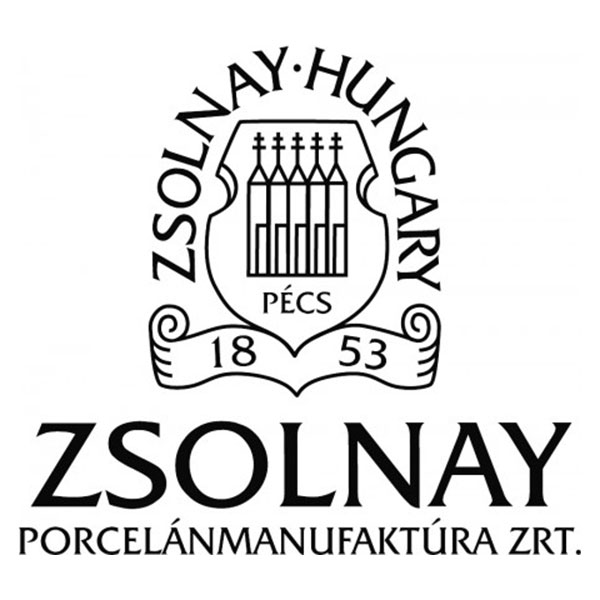
Zsolnay Hungary Mark
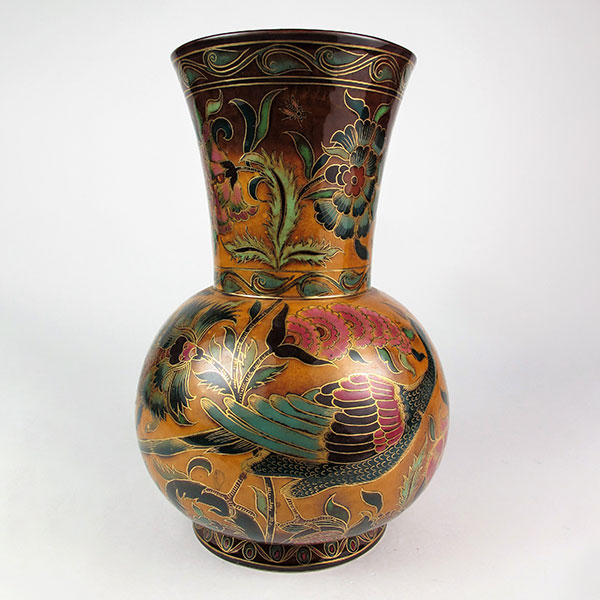
Zsolnay Luster Vase
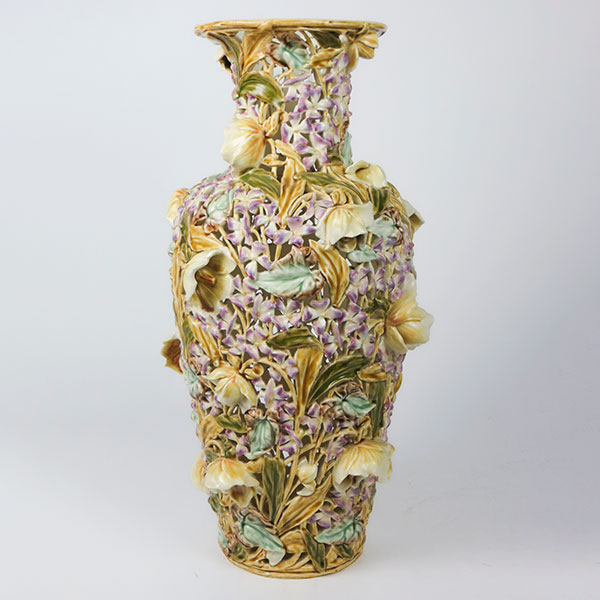
Zsolnay Hungarian Faience Floral Vase
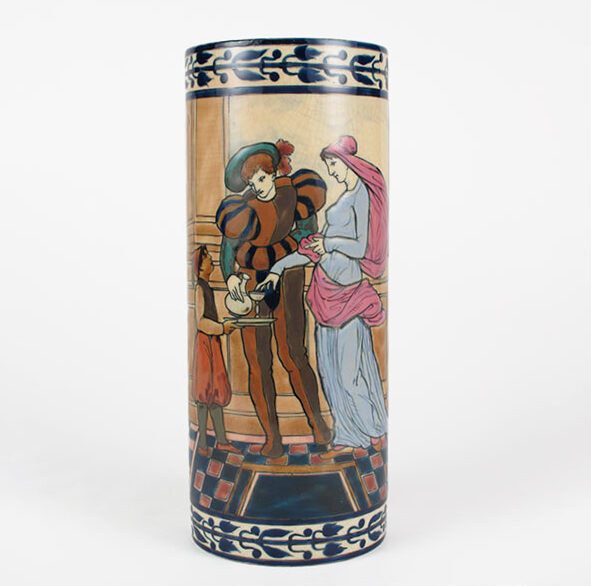
Zsolnay Courtly Manners Vase
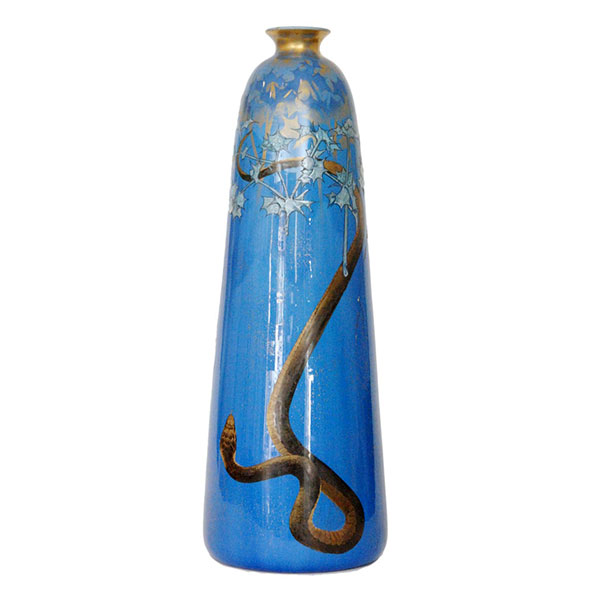
Clement Massier Serpent
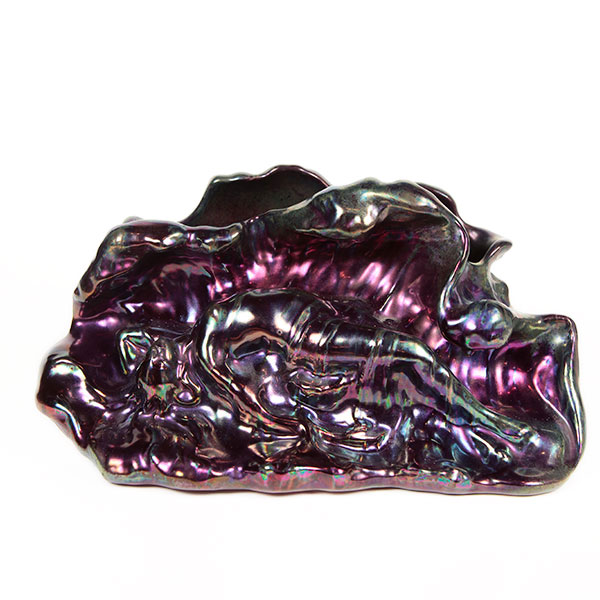
Clement Massier Luster Sea Nymphs
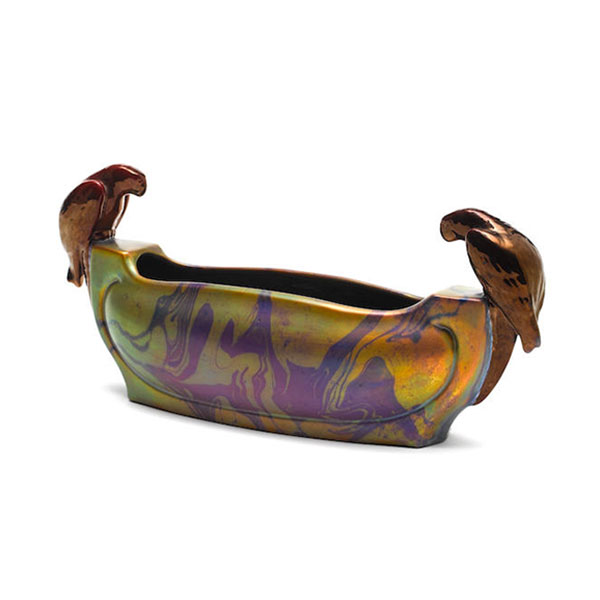
Zsolnay Parrots Bowl
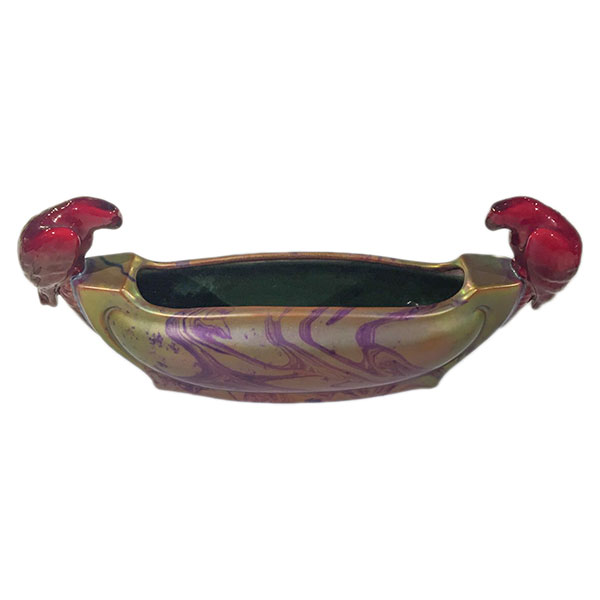
Zsolnay Parrots Bowl
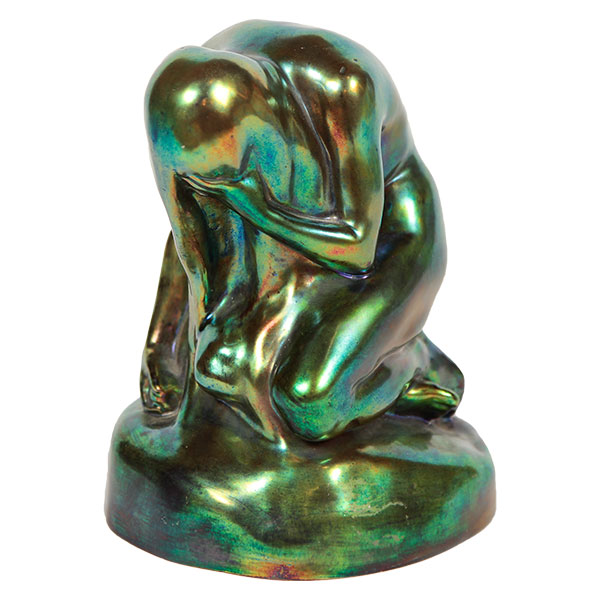
Zsolnay Eosin Eve
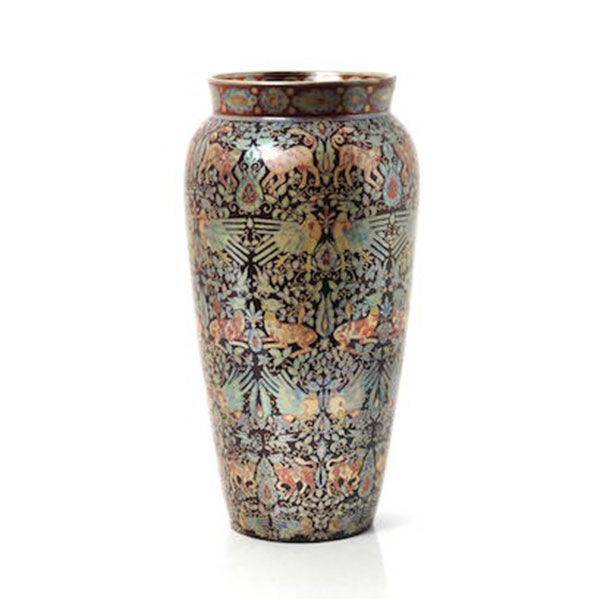
Zsolnay Eosin Vase
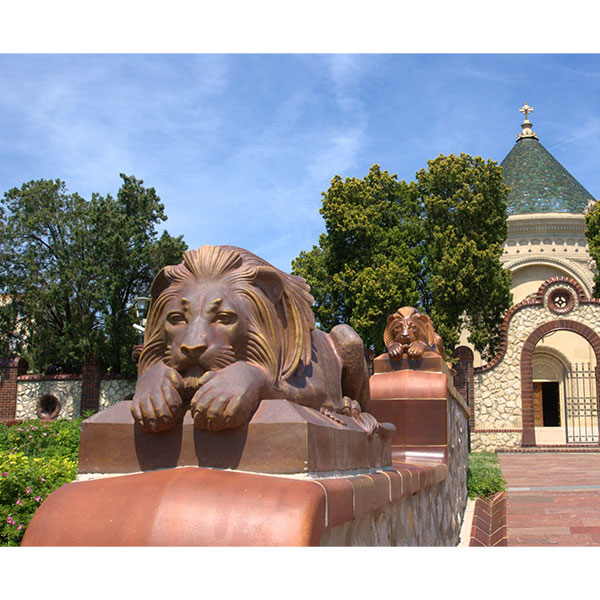
Lions Guarding the Zsolnay Mausoleum
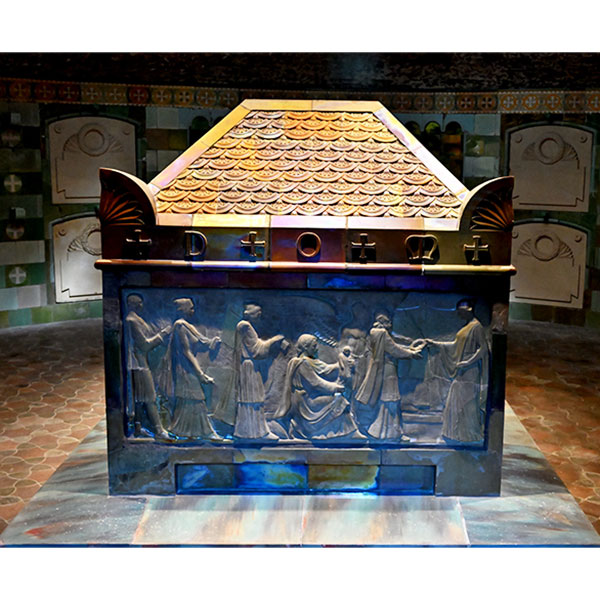
Vilmos Zsolnay Eosin Sarcophagus
